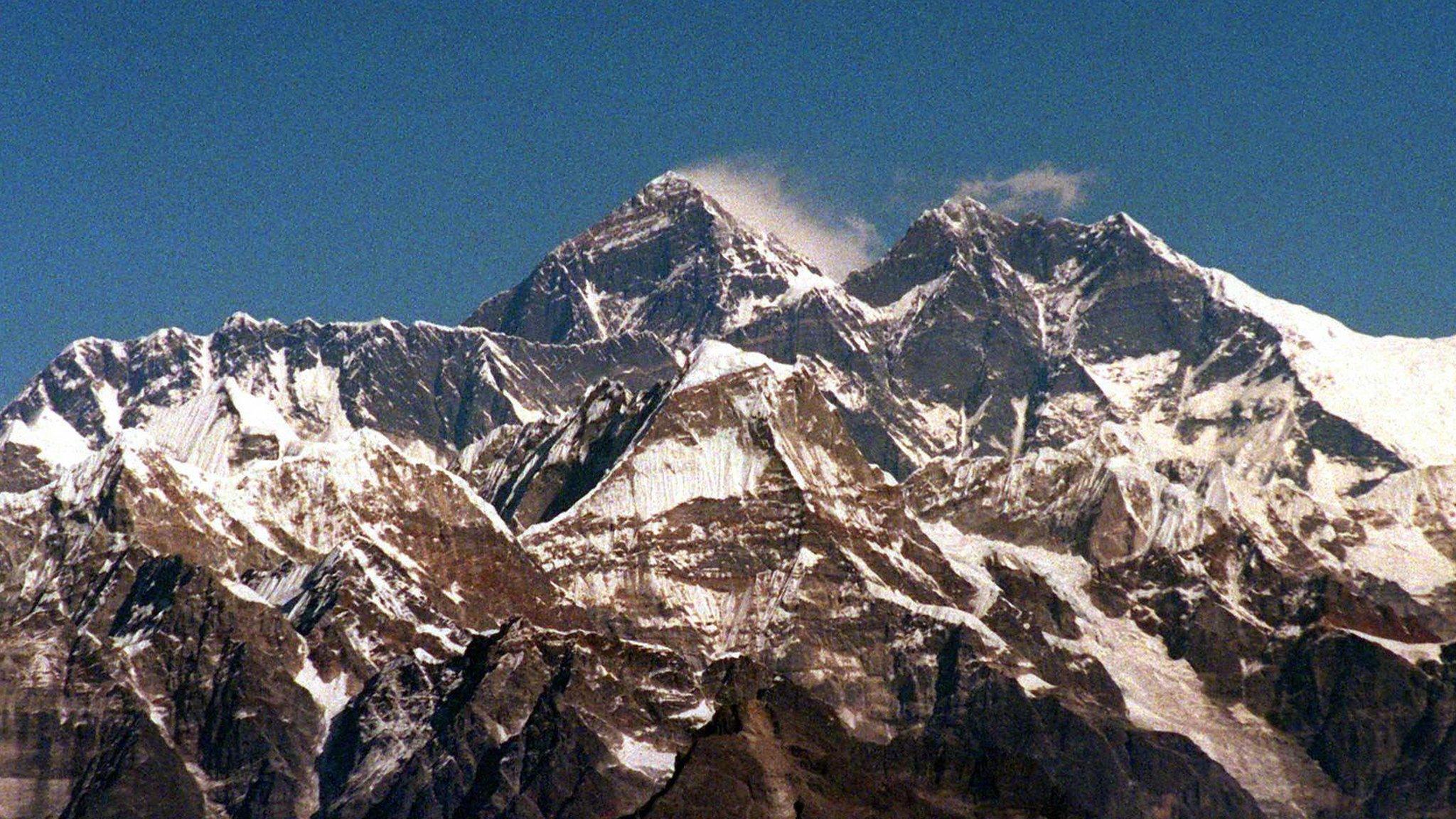Paradise lost: World's most beautiful places under threat of tourism
- Published
It is the double-edged sword of tourism: On the one hand it brings the awareness of beautiful places and and economic development for the local population. On the other, this exposure can lead to uncontrolled numbers of tourists, damaging the beauty they came to see.
As the authorities in Thailand close the island of Koh Tachai because of the toll of heavy tourism, we take a look at some other popular destinations that are at risk of losing their best asset.
Phi Phi Islands, Thailand
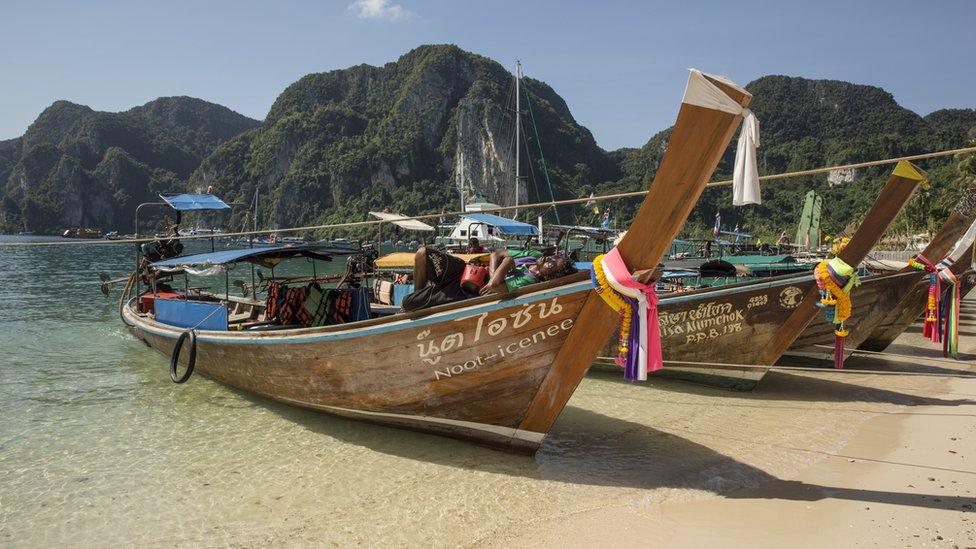
The Phi Phi islands are facing coral extinction and other environmental problems brought on by a boom in tourism
Since becoming the backdrop for the Hollywood film The Beach, this tropical paradise has come under increasing pressure as the result of a largely uncontrolled tourism boom.
Koh Phi Phi and nearby islands welcome more than 1.4 million tourists a year, according to the Tourism Council of Thailand., external
Coral reefs have been destroyed by boat anchors and scuba divers, and the marine environment has been damaged by pollution from motorboats and the dumping of untreated waste into the sea.
Cozumel Island, Mexico
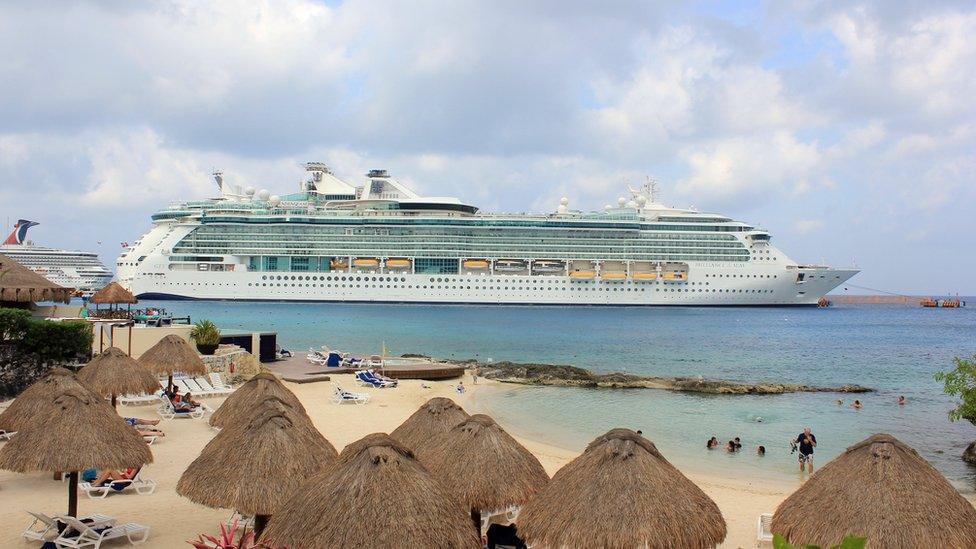
The paradise island of Cozumel is reported to be the second most popular destination for cruise ships worldwide
Known for its beautiful beaches and tropical reefs, Cozumel island, off the coast of Mexico, was once a peaceful place until docks were built for cruise ships.
Today, it is the second most popular cruise ship destination in the world.
The fragile reefs are threatened by pollution and development, and the ships are causing the waters to get warmer and damage the coral.

Caribbean cruises
The wider region gets 63,000 port calls from ships each year
They generate 82,000 tonnes of rubbish a year.
The average cruise ship carries 600 crew members and 1,400 passengers.
Passengers on a cruise ship each account for 3.5kg of rubbish a day, compared with 0.8kg per local inhabitant
Source: Our Planet, UNEP magazine, 1999

Bali, Indonesia

Bali's delicate island ecosystem is under threat from continued encroachment
The Indonesian island of Bali is under threat of increased deforestation, as the area makes way for the tourism industry and Indonesia's growing population.
Tourism is growing at an exponential rate, but the infrastructure is not, resulting in mountains of waste that have nowhere to go.
Non-native animals and plants also threaten the island.
Galapagos islands, Ecuador
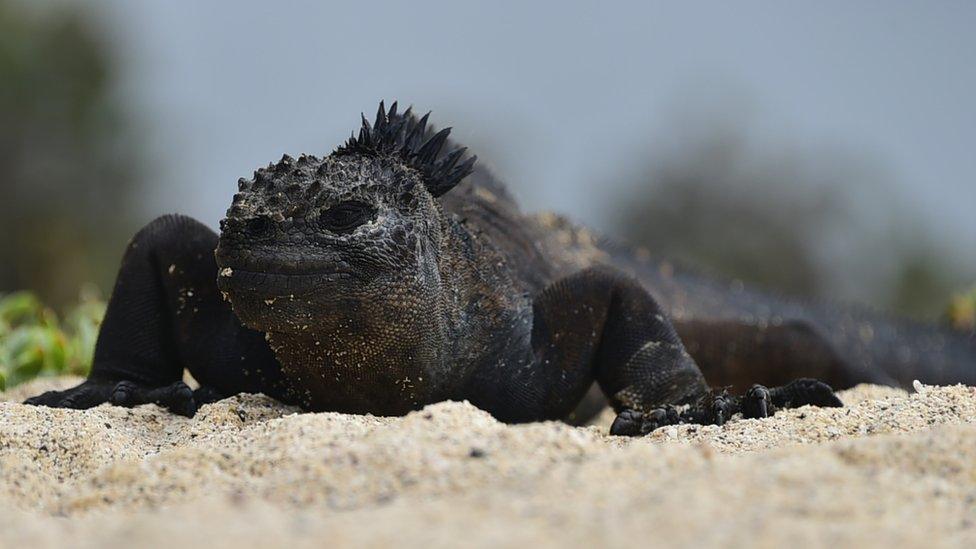
The unique biodiversity of the Galapagos Islands inspired Charles Darwin to conceive the theory of natural selection
Although it is not quite mass tourism, thousands of tourists flock to the Galapagos Archipelago every year to experience the unique biodiversity and its pristine environment.
But this island habitat is extremely sensitive to outside pressure, not only from too many tourists and the resulting development, but from the invasive species they are bringing with them.
As a consequence, the Galapagos Islands has been put on Unesco's World Heritage list, external.
Mount Everest
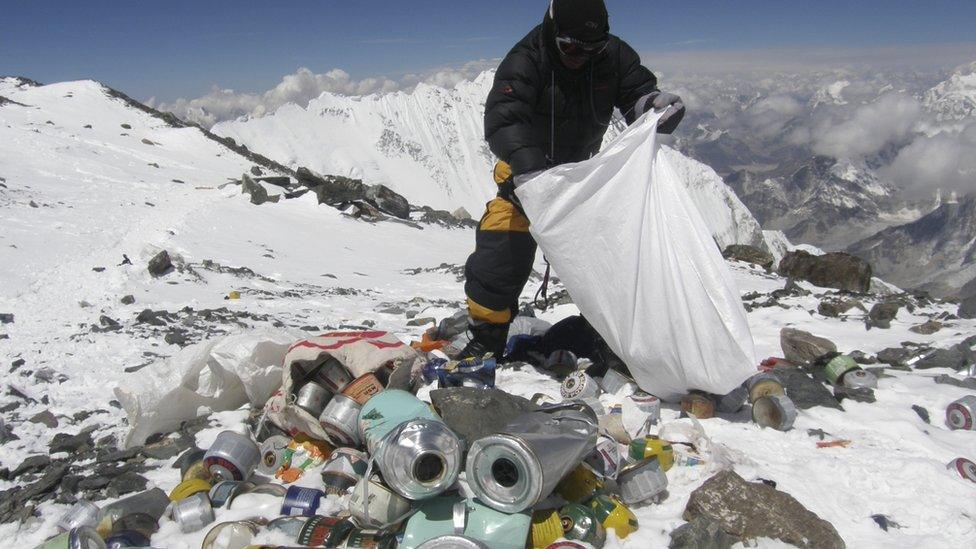
Nepalese climbers collect 1,800kg of rubbish at an altitude of 8,000m (26,000ft)
Since Edmund Hillary and Tenzing Norgay reached the top of Mount Everest in 1953, tens of thousands of hikers have trekked to base camp and almost 7,000 climbers have made it to the summit.
There was a two-year gap in the stream of climbers after a deadly avalanche in 2014 and another a year later caused by the Nepal earthquake, but this spring the expeditions have started up again.
First climbers to reach summit in two years
China shames tourists leaving graffiti on Everest
Avalanche fears over unauthorised Everest helicopter flights
The sheer number of people visiting has had a huge impact on this fragile environment.
Climbers take with them things including climbing equipment, food, plastics, tins, aluminium cans, glass, clothes, papers and tents. Some of this is left behind.
But sanitation is the biggest problem - about 11,000 kilo of human excrement is removed every year, which leaves you to imagine how much is left on the mountain.
- Published29 April 2016
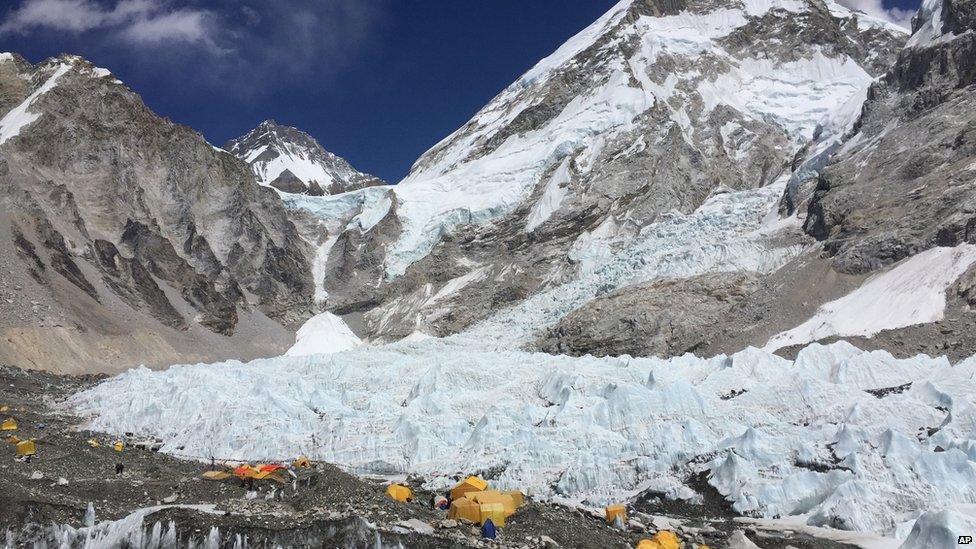
- Published11 May 2016
